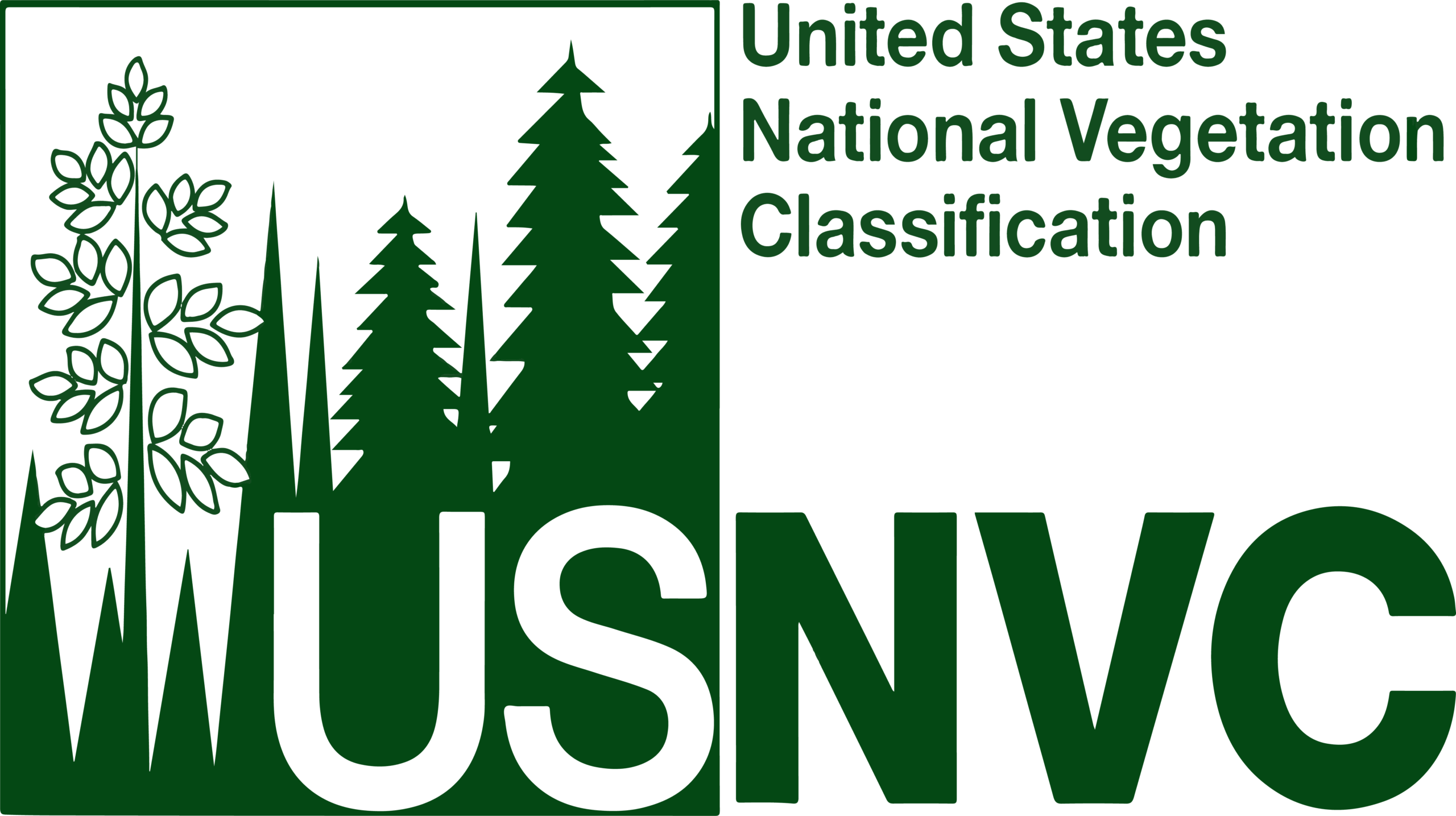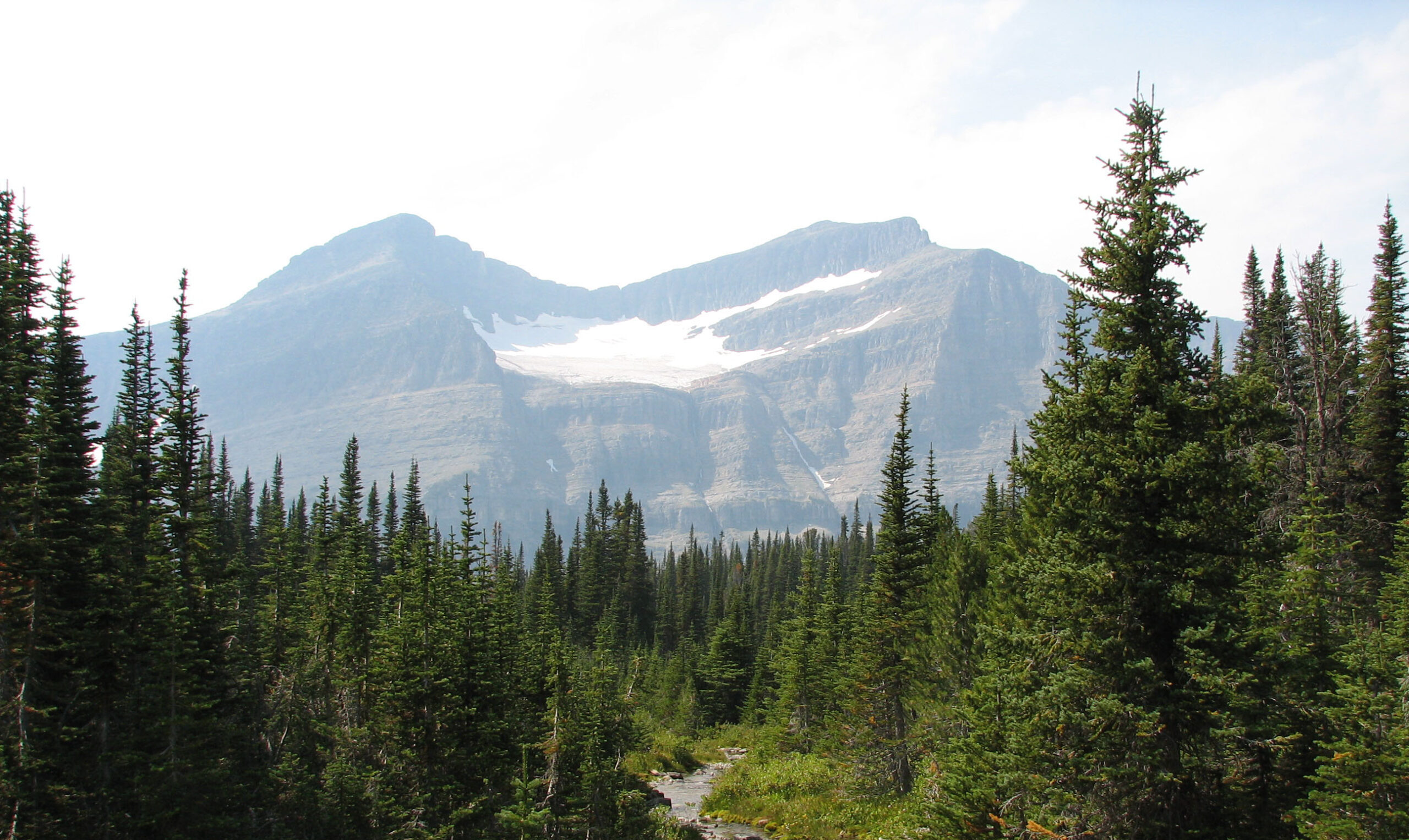Plant Communities
A plant community is an assemblage of plants that co-exist in a similar environment. Different communities are defined by their structure, form, and species composition. Plant communities are both spatially and temporally dynamic.
At broad scales, vegetation types are based strongly on shared growth forms that dominate an area and reflect patterns of climate, substrate, and disturbances. At fine scales, vegetation types are based on assemblages of plant species that co-occur in an area and are linked by their interactions with each other and their environment. At all scales, vegetation types can be described by repeating patterns in species composition, growth forms, and relationships to the environment in which they are found.

Vegetation classification is the process of grouping stands of vegetation together based on those shared characteristics. As with any taxonomy, vegetation classification is used to simplify complex patterns in order to communicate and share information. The USNVC is a classification of “existing” vegetation based on the physiognomy and taxonomy of all plant communities.

